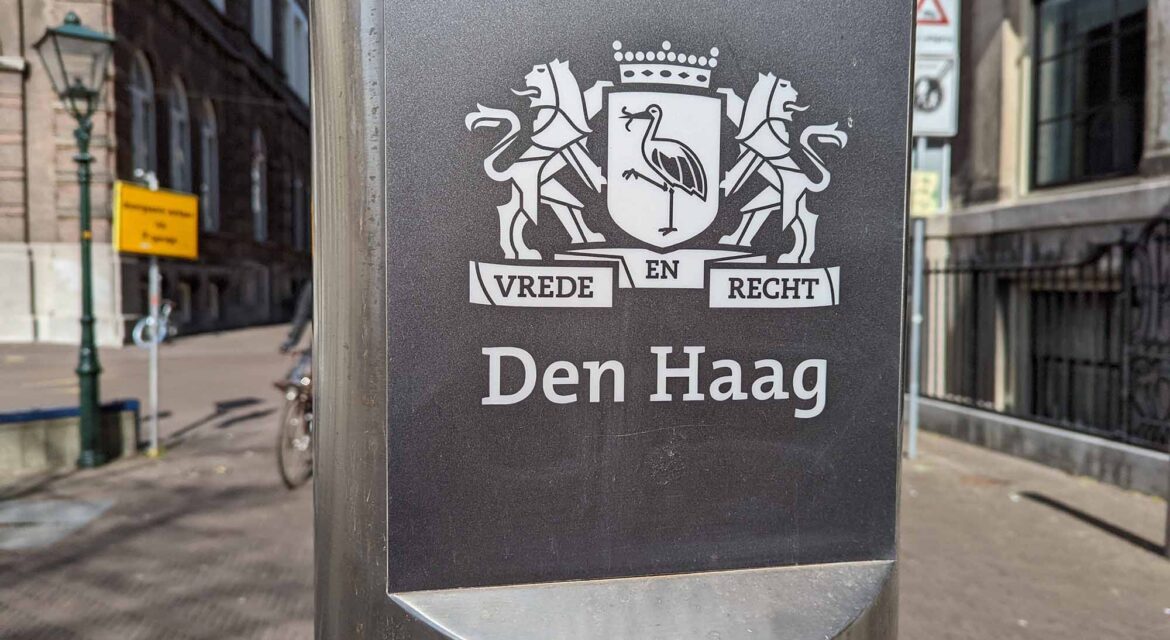 The coat of arms of The Hague in the Netherlands prominently features a stork but that is far from the only place imagery associated with them can be seen across the city. In becoming both an official and unofficial icon of The Hague, the stork has become a symbol of connection and engagement that means something significant to both residents and visitors.
The coat of arms of The Hague in the Netherlands prominently features a stork but that is far from the only place imagery associated with them can be seen across the city. In becoming both an official and unofficial icon of The Hague, the stork has become a symbol of connection and engagement that means something significant to both residents and visitors.

Identified with The Hague for Centuries
 In the 14th century, the Binnenhof was a complex of farms that created ideal spots for storks to build their nests. As the area became populated and The Hague become a more prominent city in the Netherlands, residents would come to embrace the birds and treat them with great respect. They were even thought to bring good luck. They would eventually be identified with the city itself.
In the 14th century, the Binnenhof was a complex of farms that created ideal spots for storks to build their nests. As the area became populated and The Hague become a more prominent city in the Netherlands, residents would come to embrace the birds and treat them with great respect. They were even thought to bring good luck. They would eventually be identified with the city itself.
It wasn’t until 1541 that storks were first seen on The Hague Coat of Arms. An image of a stork is set inside a golden crown with two golden lions on each side above a green decorative compartment. However, that is just one of the many places storks can be seen across the city.
Establishments like the Golden Stork connect with the legacy that storks represent. The historic shopping Hop & Stork arcade in the center of The Hague was built in 1885 and remains a major hub of activity. Storks can also be seen on street signs, markers and in unexpected places across the city. Additionally, countless pieces of merchandise utilize stork imagery in one way or another.
All of these connections further underscore the positive impact a symbol can enable for an entire community when it becomes an icon that can be interpreted and showcased in multiple ways.
An Icon of All Ages
 While the stork has been identified with the Netherlands as a whole and makes appearances as part of cultures across the world, the connection with The Hague has seen the stork become an icon for the ages that represents multiple eras of the city. In doing so, The Hague has been able to showcase what it can mean for an otherwise ubiquitous symbol to turn into an icon that enables connection and engagement for an entire city.
While the stork has been identified with the Netherlands as a whole and makes appearances as part of cultures across the world, the connection with The Hague has seen the stork become an icon for the ages that represents multiple eras of the city. In doing so, The Hague has been able to showcase what it can mean for an otherwise ubiquitous symbol to turn into an icon that enables connection and engagement for an entire city.


